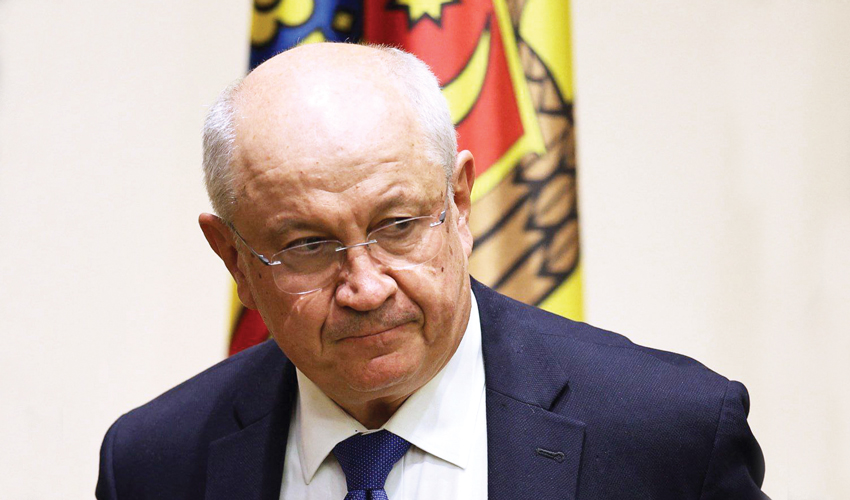
What will happen for sure is the replenishment of the mentioned subsidy fund by 200 million, up to 1.9 billion lei. At first glance, the amount is impressive. The problem is that, according to the estimation of Alexandru Slusari, the former chairman of the Forța Fermierilor Association, the total amount of outstanding state subsidy obligations for 2023 and 2024 is almost 2 billion lei.
Meanwhile, according to the law on subsidies for the agro-industrial sector, which is currently in force, AIPA will accept applications for certain “complimentary” subsidies from farmers until September this year, as well as direct compensations – per head of animal, per liter of milk for industrial processing. In addition, to comply with the provisions of the law on subsidized insurance, the authorities will have to issue subsidies for farmers’ insurance premiums, otherwise the agricultural risk insurance system will collapse. The only (but very significant) opportunity for the authorities to save on subsidies this year is not to announce another round of applications for post-investment subsidies.
Nevertheless, according to Alexander Slusar, if the authorities do not find funds for the next replenishment of the subsidy fund in the summer and fall, they will hardly be able to fully liquidate the subsidy arrears for 2024. Moreover, additional uncovered liabilities on subsidies for the current year will be formed within 400-500 million lei.
In order to get rid of the burden of annually accumulated debts, the government drafted two interrelated documents. Ideologically, they are in the spirit of similar documents periodically adopted by the European Union – a common agricultural policy and a multi-year financing program.
As we have already mentioned, the Parliament adopted the draft law on financing and monitoring of agrarian policies in the first reading. Despite criticism, it is likely to pass the final reading in May. Accordingly, from the beginning of the new year, the principles of subsidizing will be very different. What will change?
Many experts point out that the future law will not include the cornerstone of the current subsidy system – post-investment subsidies (for agricultural machinery and equipment, post-harvest infrastructure, etc.). Investment subsidies – advance payments to young farmers, etc. will remain in a truncated form.
Also in the new law there will be no obligation to subsidize farmers for each cultivated hectare of farmland. Earlier it was declared – as a goal of subsidizing Moldovan farmers “in the image and likeness” of their European colleagues. From direct subsidies will remain only direct payments for “kilogram of milk” and “per head of animal”. Subsidies per hectare of sugar beet and vegetable plantations will be added. Soy and organic products seem to be mentioned in some context.
As some representatives of industry associations note, the future law in a somewhat veiled form designates the priority sectors of agriculture, with mandatory state funding in one form or another – these are livestock and fruit growing. Which, by the way, probably leaves some chance for state financial support to horticulturists and winegrowers.
Along with the new law on financing of agrarian policies, the authorities intend to adopt a program of sectoral (branch) agrarian policies in the near future. Apparently, they will contain, in addition to goals and objectives, also a set of means – support, among others. It can be assumed that the program will be periodically adjusted according to the current situation. For example, based on the availability of donor (European, first of all) funds to support the EU candidate country. It is assumed that they will appear in tangible quantity starting from 2026-27.













